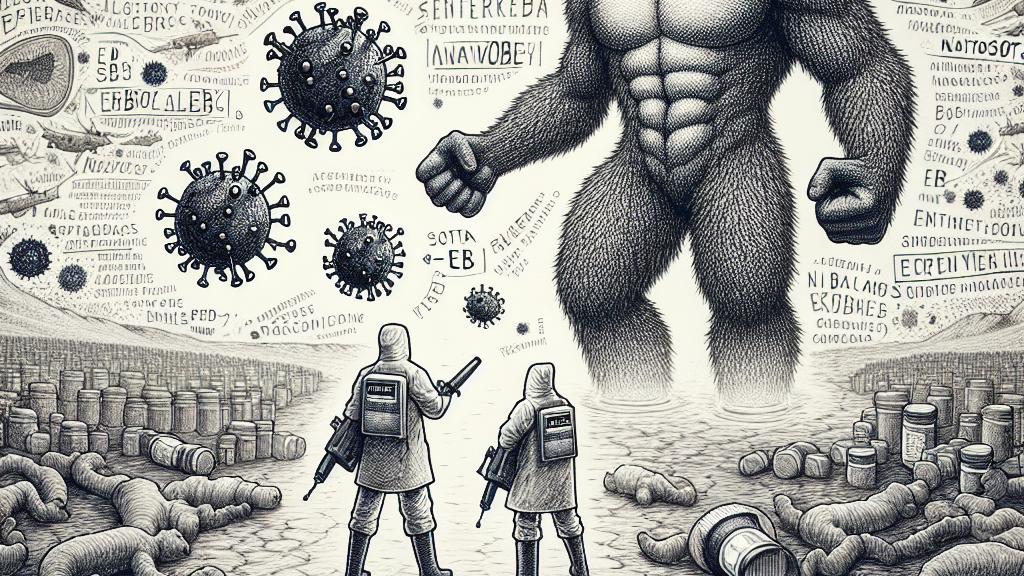New Tiny Antibodies That Fight the Ebola Virus
Overview
- Groundbreaking research from the University of Minnesota introduces novel nanobody inhibitors specifically targeting the lethal Ebola virus.
- These tiny antibodies effectively prevent the virus from attaching to human cells, significantly boosting survival rates in clinical tests.
- This innovative approach not only addresses Ebola, but also holds potential for developing treatments against other dangerous viruses.

The Groundbreaking Discovery
In a remarkable scientific achievement in the United States, researchers at the University of Minnesota have unveiled a new class of anti-Ebola agents: nanobody inhibitors. Picture this: Ebola virus, infamous for its terrifying mortality rate, is met head-on by these tiny yet powerful proteins—Nanosota-EB1 and Nanosota-EB2. Derived from the immune systems of extraordinary animals like alpacas, these nanobodies resemble superhero sidekicks that swoop into action where traditional antibodies struggle to follow. This Innovative breakthrough represents not just a stride in virology but a substantial leap toward devising crucial treatments for an ailment that has plagued humanity for far too long.
How the Nanobodies Work
But how do these little wonders actually combat the Ebola virus? Let's unravel the mechanism. The Ebola virus is exceptionally crafty; it conceals its vital attachment point under a protective layer. Enter Nanosota-EB1, acting as a vigilant bouncer at the door—keeping this shield tightly closed and preventing the virus from latching onto our vulnerable cells. Meanwhile, Nanosota-EB2 brings a more aggressive tactic to the table; it specifically targets critical components required for the virus to invade our cells effectively. Think of it like having a double-layered defense system! Lab trials have shown that, particularly with Nanosota-EB2, survival rates in Ebola-infected mice soared like never before—transforming laboratory findings into a beacon of hope for future antiviral strategies.
Implications for Future Treatments
The ramifications of this research are nothing short of groundbreaking. Scientists are abuzz with enthusiasm, captivated by the idea that these nanobodies could revolutionize antiviral therapies, not just for Ebola but also for other formidable viruses. With the Ebola virus showcasing a fatality rate that can catapult to nearly 90%, the urgency for effective treatments cannot be overstated. Imagine a world where we possess not only the means to combat Ebola but also tools to tackle similar viral threats head-on. This research stands as a shining hope, paving the path toward defeating not just Ebola, but potentially saving lives in the face of future public health crises. It's an exhilarating time in science as we venture further into uncharted territories of medical innovation, armed with groundbreaking discoveries that promise to change the narrative on infectious diseases forever.

Loading...